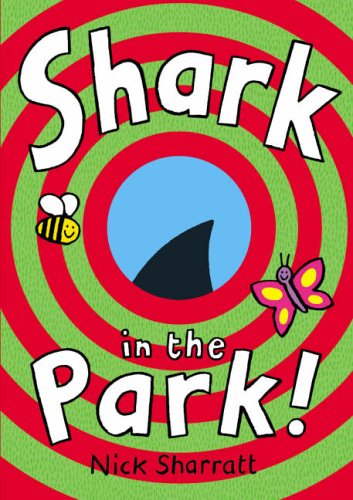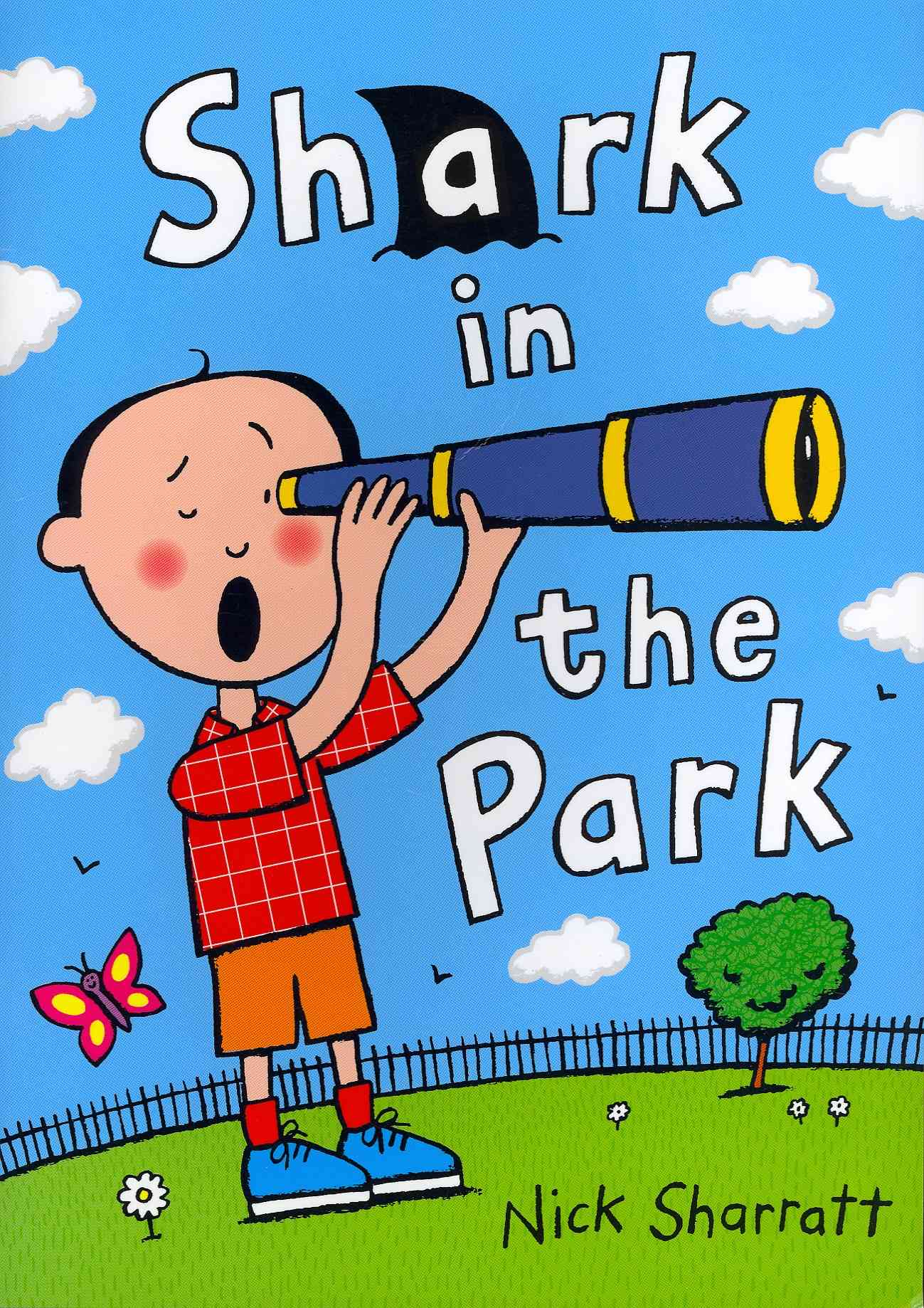We observe and describe the weather in our clase!







We observe and describe the weather in our clase!






We learn the parts of our bodies by playing with some flashcards. These games will help kids practice and reinforce their concept of body parts through singing, matching and identification exercises. We also made some drawings so we can review and name in pairs all the parts of the body that we had learnt.
Here you can see us playing and naming the parts of the body.
Video 4 años A Parts of the body 1
Video 4 años B Parts of the body 2












Have you ever seen a shark in the park? Timothy Pope has a brand new telescope and he’s testing it out at the park. Is that really a shark what he saw? We wanted to share this amazing adventure with him so we built our own telescope to find out if there was any shark in our school too!
We discovered a lot of things, but no sharks in Arcangel Rafael School, or maybe yes… who knows.
Here you can see the whole story:


We have spent the first few days. Now, our teacher is teaching us new songs and we know a lot: One little finger… If you happy and you know it…Head, shoulders, knees and toes… We spent some very funny moments while we learn.

Today we had the pleasure of seeing a wonderful theatre production called «Fortunate Alley».
All the classes from 3 to 5 (infants) were delighted by the show. The show was set in an alleyway in New York that included acting, dancing and singing which all took place in English.

After reading this story we decided to create our own clouds.
We worked in small groups to make unique cloud pictures. We began with colour pieces of paper, we put some white paint inside, and then we bended it. Students use their hands to spread the paint around inside of the paper. Then we opened the
paper back to it’s full size.
When they open the paper, each has a very unique and strange cloud, just like in the book!!
Here you can see the whole story in YouTube. It could be great to see it with your kids in order to remember the story.
Hope you like our creation


We show the result of the work of Helena (4 years old student) and Rocío (Elementary student). We wanted to show you what we do in DREAM FACTORY with our students using stop motion

The students have had the opportunity of learning more things about Joan Miró paintings. They have copied his picture » Woman in front of the Sun» and the results have been really interesting.



For kids, expressing themselves through art is something very important. As you can see in the pictures, they love being artists.


Here are a couple of tips that you might find useful to help your kids enjoy the experience of creating.
Talking to children about their art
Around the age of 3 ½ children may start to have a plan for what they are drawing. However, as adults we don’t know what our children’s intentions are. It is a good idea to talk about what your child is drawing because it shows interest, but it is important not to label the unknown. A general statement like “Can you tell me about your picture” is a good conversation starter allowing your child to tell their story. Displaying your child’s art works on the fridge or making a frame for special work shows them that what they have done is important.


What drawing experiences can you provide?
Children need a variety of items to draw with and draw on. These could be pens, chalk, crayons, paint and brushes. Items like paper, cardboard, boxes, concrete, or even the fence, are good places to draw on. Start drawing experiences as soon as your child shows interest; usually from around eight months. If you don’t want delightful artwork added you your walls it is best to have a regular ’drawing place’, like a small table and chairs, and rules about the pens staying on the table. The best paper has no lines so children are not confined when they first experiment with making marks on paper. Perhaps try taking your drawing materials outside under a big tree in fine weather. Another idea is to paint the fence or concrete with a mixture of water and a few drops of food colouring, this washes off well in the rain.

Hi there,
This was the last song that we´ve been learning,so this is just an example about what can we do and how good are my kids from four years c.I am very proud of them, they can also pick the mistakes during singing time,working new vocabulary,learning the actions of the song and enjoying a lot.